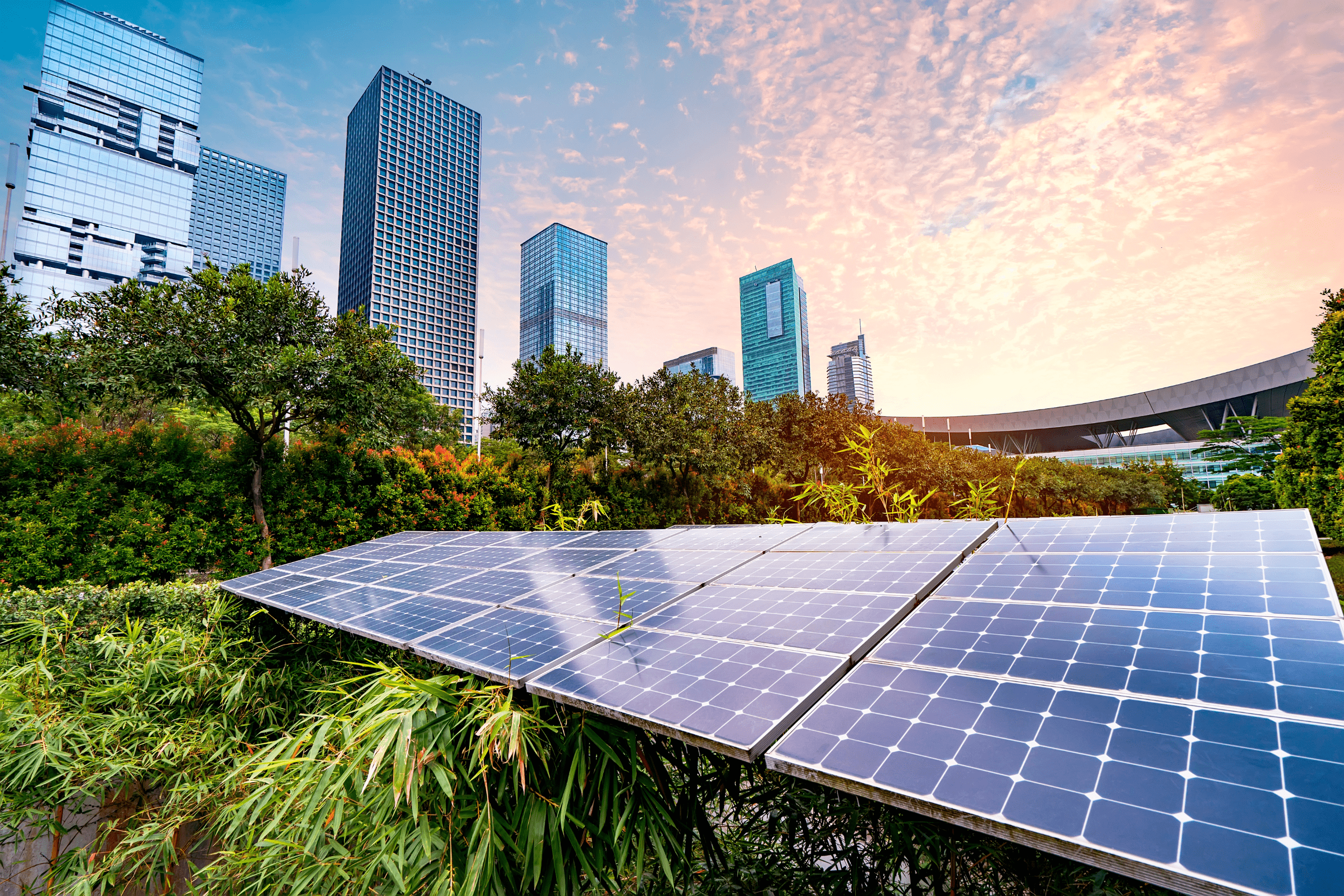
Environmental Building: How to make your property more eco-friendly
If there is any hope of transitioning to a net-zero economy by 2050, everyone must play their part. Whilst actions like recycling and taking public transport are valuable, alone, they are insufficient. If we want to make a significant impact, substantial change is necessary. Environmental building is a great way of turning these ambitions into reality. The issue is, however, that 80% of the buildings that will exist in 2050 already exist today. As such, if there is any hope of reaching these sustainable targets, it falls to homeowners to make necessary changes. But how can they go about doing this?
Updating Insulation
Before you invest in the latest renewable technologies, it’s critical to first ensure your building is operating at peak efficiency. One of the simplest ways of doing this is by refreshing the insulation within the walls, floors, and ceilings. For any environmental building, first-rate insulation is a must. In fact, as much as 40% of a property’s total heat loss comes down to a lack of insulation. Updating this also gives you the ability to reduce your impact even further with your choice of insulator. As opposed to your traditional carbon-intensive materials like plastic and foam, why not consider mycelium-based composites as a sustainable alternative?
Solar Panels and Renewable Technology
Despite our overwhelmingly poor weather, solar panels are still the UK’s most common renewable energy source. Each system prevents approximately a tonne of carbon dioxide from entering the atmosphere each year. What’s more, these panels release no noise or air pollution. Solar panels not only contribute to reducing emissions but can also save homeowners a fortune on their electricity bills. Their increasing affordability and efficiency make them a promising investment for a sustainable and cost-effective energy future. If you’re considering solar panels for your environmental building, you can read more about this here.
Utilising Natural Materials in Environmental Building
If you’re considering, or in the process of, retrofitting your home, try and ensure it’s done so with natural materials. For flooring, as an example, wood is perhaps the most popular option. It’s important, however, to ensure these materials are derived from a sustainable source. The internationally recognised FSC certification is a great indicator of this.
Invest in Double or Triple Glazing
Similarly to insulation, replacing single-glazed windows with double or triple glazed windows slows heat transfer even further. These windows work by trapping air or gas within a vacuum between multiple layers of glass acting as an insulator. Typically, the insulator of choice is argon gas due to it being a poor thermal conductor. To really minimise heat loss, low-emissivity glass has a special metal oxide coting which reflects heat back inside your property.
Contact Us
If you’re looking for some support when designing an environmental building, or transitioning your existing home into one, reach out! We’d love to get involved with your project. For more information about us and the services we offer, click here!
Eco-friendly Architecture, Environmental Architecture, Environmental Building, sustainable architecture